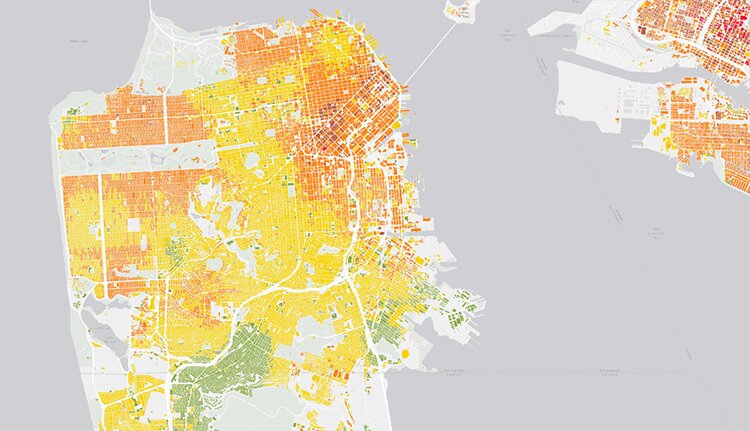Researchers based at the University of California, Berkeley, have developed a suite of tools called BRAILS (Building Recognition using AI at Large-Scale) that can automatically identify characteristics of buildings in a city and even detect the risks that a city’s structures would face in an earthquake, hurricane, or tsunami, reports Tech Xplore. “We want to simulate the impact of hazards on all of the buildings in a region, but we don’t have a description of the building attributes,” said Charles Wang, the lead developer of BRAILS. “For example, in the San Francisco Bay area, there are millions of buildings. Using AI, we are able to get the needed information. We can train neural network models to infer building information from images and other sources of data.” BRAILS uses machine learning, deep learning, and computer vision to extract information about the built environment. It is envisioned as a tool for architects, engineers, and planning professionals to more efficiently plan, design, and manage buildings and infrastructure systems. Wang and his collaborators performed a series of validation demonstrations, or as they call them, testbeds, to determine the accuracy of the AI-derived models. Each testbed generates an inventory of structures and simulates the impact of a hazard based on historical or plausible events.
https://techxplore.com/news/2021-05-envisioning-safer-cities-ai.html


